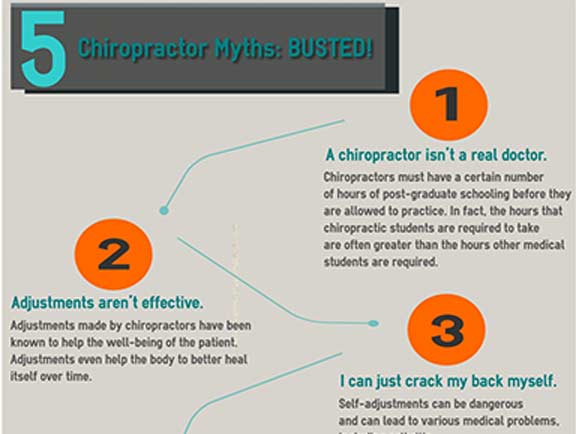The Mechanics And Results Of Cold Laser Treatment: Unveiling The Scientific Understanding
The Mechanics And Results Of Cold Laser Treatment: Unveiling The Scientific Understanding
Blog Article
Created By- fraxel laser near me may have become aware of cold laser therapy as a promising treatment alternative for different conditions, but have you ever questioned just how it in fact works on a cellular level? Comprehending the mechanisms behind this treatment can shed light on its efficiency in promoting healing and decreasing swelling. By discovering the scientific research behind cold laser treatment, you'll gain insights right into the remarkable methods which light can influence mobile processes and help with tissue repair.
How Cold Laser Treatment Works
To understand how cold laser treatment works, you require to understand the basic concepts of just how light power communicates with biological cells. Cold laser therapy, also referred to as low-level laser treatment (LLLT), uses certain wavelengths of light to penetrate the skin and target underlying cells. Unlike the intense lasers utilized in surgeries, cold lasers send out reduced levels of light that do not create warm or cause damages to the tissues.
When these mild light waves get to the cells, they're absorbed by elements called chromophores, such as cytochrome c oxidase in mitochondria. This absorption causes a series of organic actions, including boosted mobile power production and the launch of nitric oxide, which enhances blood circulation and reduces swelling.
In addition, the light energy can additionally boost the production of adenosine triphosphate (ATP), the power currency of cells, assisting in mobile fixing and regeneration processes.
Basically, cold laser therapy harnesses the power of light energy to promote recovery and minimize discomfort in a non-invasive and gentle fashion.
Systems of Activity
Just how does cold laser treatment really function to generate its restorative results on biological cells?
Cold laser therapy, also called low-level laser treatment (LLLT), runs with a procedure referred to as photobiomodulation. When the cold laser is applied to the skin, the light power passes through the cells and is absorbed by chromophores within the cells.
These chromophores, such as cytochrome c oxidase in the mitochondria, are then promoted by the light power, bring about a cascade of biological responses. One essential system of action is the improvement of mobile metabolic rate.
https://www.healthline.com/health/contrast-bath taken in light power increases ATP production in the mitochondria, which is important for mobile function and repair service. In addition, cold laser treatment helps to decrease inflammation by inhibiting inflammatory conciliators and promoting the release of anti-inflammatory cytokines.
This anti-inflammatory effect contributes to pain relief and tissue recovery.
Healing Impacts
Understanding the healing impacts of cold laser treatment includes identifying exactly how the improved cellular metabolism and anti-inflammatory residential or commercial properties contribute to its favorable outcomes on organic tissues.
When the cold laser is applied to the affected location, it promotes the mitochondria within the cells, bring about enhanced manufacturing of adenosine triphosphate (ATP), which is important for cellular function and repair work. This increase in cellular power increases the healing procedure by advertising cells regeneration and minimizing swelling.
In addition, the anti-inflammatory residential or commercial properties of cold laser therapy help to lower pain and swelling in the targeted area. By inhibiting inflammatory moderators and advertising the launch of anti-inflammatory cytokines, cold laser treatment aids in reducing pain and improving the total healing reaction.
This decrease in inflammation not just gives prompt relief however additionally sustains long-term tissue repair work.
Verdict
In conclusion, cold laser therapy functions by stimulating cellular repair and cells regeneration via photobiomodulation. Its anti-inflammatory homes give pain relief and lower swelling by hindering inflammatory arbitrators.
This treatment provides a comprehensive technique to healing, delivering both immediate alleviation and long-term tissue repair advantages.
Through its mechanisms of activity, cold laser therapy verifies to be a reliable and encouraging therapy alternative for a selection of conditions.
